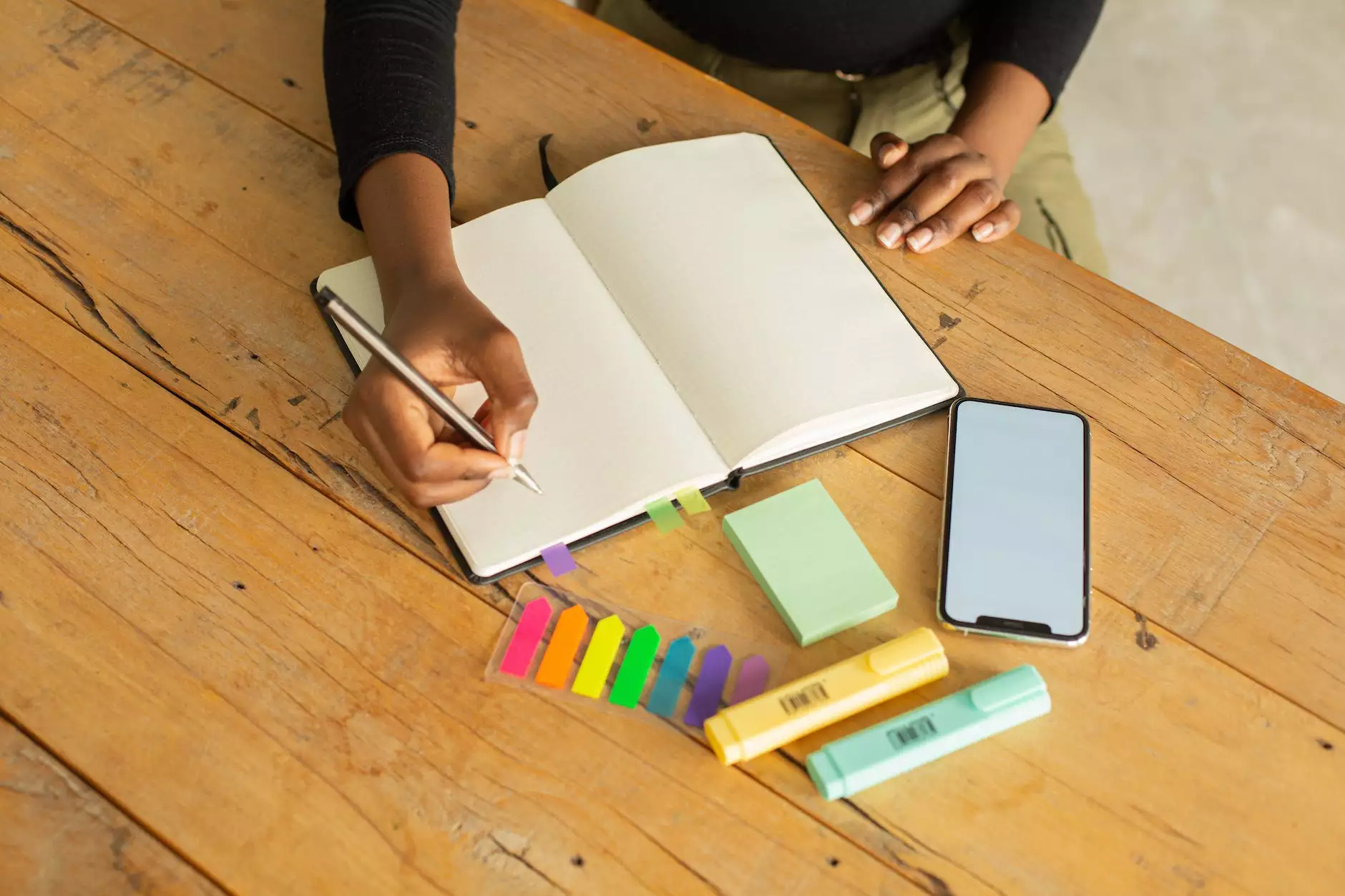42 – Four Ways To Use Enough – English Grammar Lesson
English Grammar Lessons
Welcome to NJCLT's English Grammar Lesson on the four ways to use the word 'enough'. In this comprehensive lesson, we will explore the different contexts in which 'enough' can be used to enhance your language skills and improve your communication abilities. Let's dive right in!
Understanding the Concept of 'Enough'
'Enough' is a versatile word that can be used as an adjective, adverb, or pronoun. It helps us indicate sufficiency, adequacy, or an appropriate amount of something. Understanding how to use 'enough' correctly is crucial in achieving clear and effective communication in English.
Using 'Enough' as an Adjective
One of the ways to use 'enough' in English grammar is as an adjective. It typically follows the noun it modifies and indicates sufficiency or adequacy. For example:
- I have enough money to buy the new phone.
- She received enough support from her colleagues.
- We need enough time to complete the project.
In these examples, 'enough' describes the quantity or level of something necessary for a particular purpose. It suggests that there is an adequate amount to fulfill a specific requirement.
Using 'Enough' as an Adverb
Another way to use 'enough' is as an adverb. As an adverb, 'enough' modifies verbs, adjectives, or other adverbs. It denotes sufficiency or satisfaction of a particular condition. Consider the following examples:
- She runs fast enough to win the race.
- The coffee is hot enough to burn your tongue.
- He speaks clearly enough to be understood by everyone.
In these instances, 'enough' is used to express that the described action or quality meets a satisfactory level. It indicates that the action or quality is sufficient based on the context it is used in.
Using 'Enough' as a Pronoun
'Enough' can also function as a pronoun, representing a sufficient quantity or degree. It can stand alone without the need for a following noun. Here are a few examples:
- I've heard enough from you. Let someone else speak.
- He's seen enough of the world to write a book about it.
- There is enough. Nothing more needs to be said.
These sentences demonstrate how 'enough' stands independently, representing an adequate or satisfactory amount of something.
Common Mistakes when Using 'Enough'
Although 'enough' is a straightforward word to use, there are a few common mistakes that learners make. Let's address them to ensure you avoid these errors in your English grammar:
Confusing 'Enough' with 'Too'
One common mistake is confusing 'enough' with 'too'. While 'enough' indicates sufficiency, 'too' implies excess or more than necessary. For instance:
- The food was too spicy, and I couldn't eat it.
- He's too tired to go out tonight.
- She studied too much and felt overwhelmed.
As you can see, 'too' indicates an amount or degree that surpasses what is required or desired.
Placing 'Enough' in the Wrong Position
Another error to avoid is placing 'enough' in the wrong position within a sentence. Remember that 'enough' typically follows the noun it modifies or appears before the adjective or adverb it modifies. Consider the following examples:
- He didn't have money enough to buy the car. (Incorrect)
- He didn't have enough money to buy the car. (Correct)
In the incorrect example, 'enough' is placed incorrectly in relation to the noun 'money', disrupting the sentence structure and clarity of the intended meaning.
Enhance Your Language Skills with NJCLT
Now that you have a comprehensive understanding of the four ways to use 'enough' in English grammar, it's time to put your knowledge into practice. At NJCLT, we are dedicated to helping learners like you enhance their language skills.
Whether you want to improve your spoken English, writing abilities, or overall language proficiency, our expert instructors are here to guide you every step of the way. Join NJCLT today and unlock your full linguistic potential!










